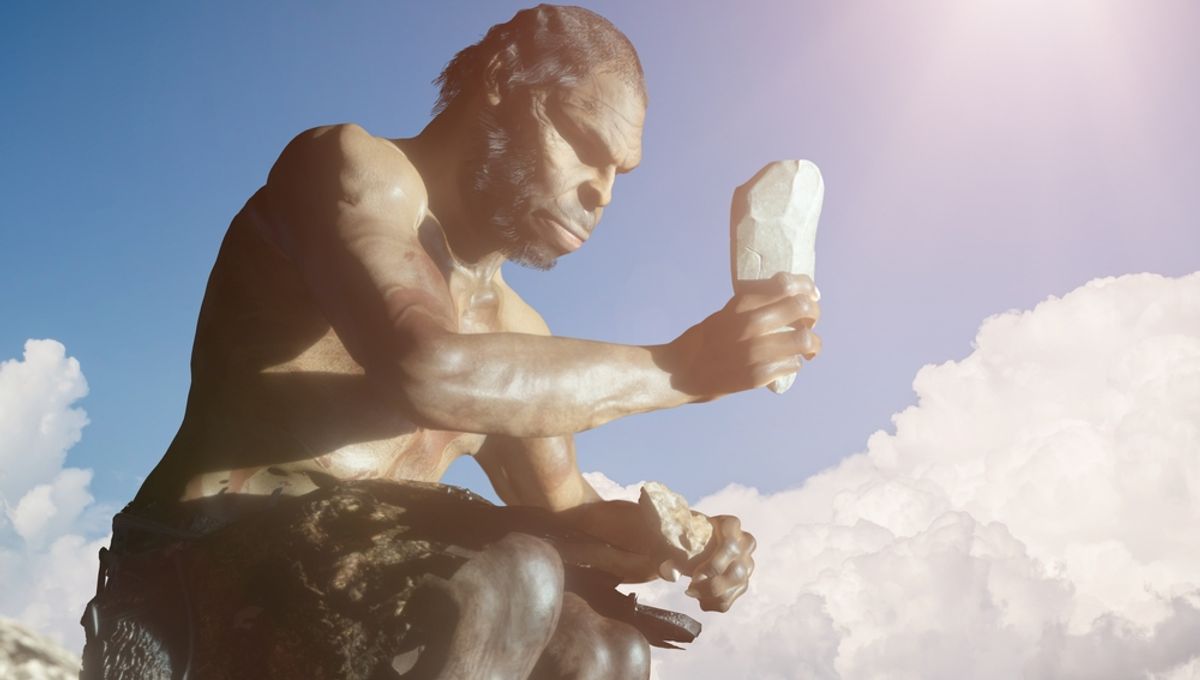
A gnarled Neanderthal thumb bone recovered from a cave in France suggests that the digit’s owner suffered from osteoarthritis (OA) of the left hand, and provides the first evidence for this condition in a finger belonging to one of our extinct cousins. Analyzing the relic’s pathological features, the authors of a new study suggest that the disorder may have developed as a result of repeated knocks and shocks sustained during regular flint knapping, leaving the decrepit hominid in severe pain and unable to perform daily tasks.
Osteoarthritis is among the most common physical ailments experienced by elderly modern humans, with fingers and thumbs often succumbing to the debilitating condition. According to the study authors, Neanderthals’ short limb bones ensured that they too were highly susceptible to OA, although until now, the condition had never been detected in the species’ hands.
However, after computed tomography (CT) scans of the 125,000-year-old thumb revealed degenerated surfaces and bony lumps, the study authors concluded that the visible pathology was “consistent with osteoarthritis.”
“To date, the pathology described here is the only one known on a Neandertal thumb, even if OA is well known within the Neandertal population,” they write.
Seeking an explanation for the rickety old hominin’s condition, the researchers state that Neanderthals’ genetic susceptibility to OA probably didn’t extend to the hands. Other risk factors such as obesity or vitamin C deficiency can also be ruled out, since Neanderthals generally suffered from neither of these.
The authors therefore conclude that this particular case of OA was likely to have been caused by “overuse” of the hands. “The OA could have been aggravated by the age of this individual and by an inflammatory reaction caused by repeated movements and intense vibrations provoked by high-frequency knapping or by other use of the hands,” they explain.
“Other repetitive activities, like the tanning of animal skins, may also lead to osteoarthritis, but it is difficult to determine which activity (or activities) could have led to this pathology,” continue the researchers.
Despite their inability to conclusively determine the cause of the condition, the authors say that OA in the thumb may have provoked “significant pain” and “would have made everyday tasks difficult for this Neandertal individual.”
The study is published in The International Journal of Paleopathology.
Source Link: This Neanderthal Suffered From A Common Human Condition, And We Might Know Why